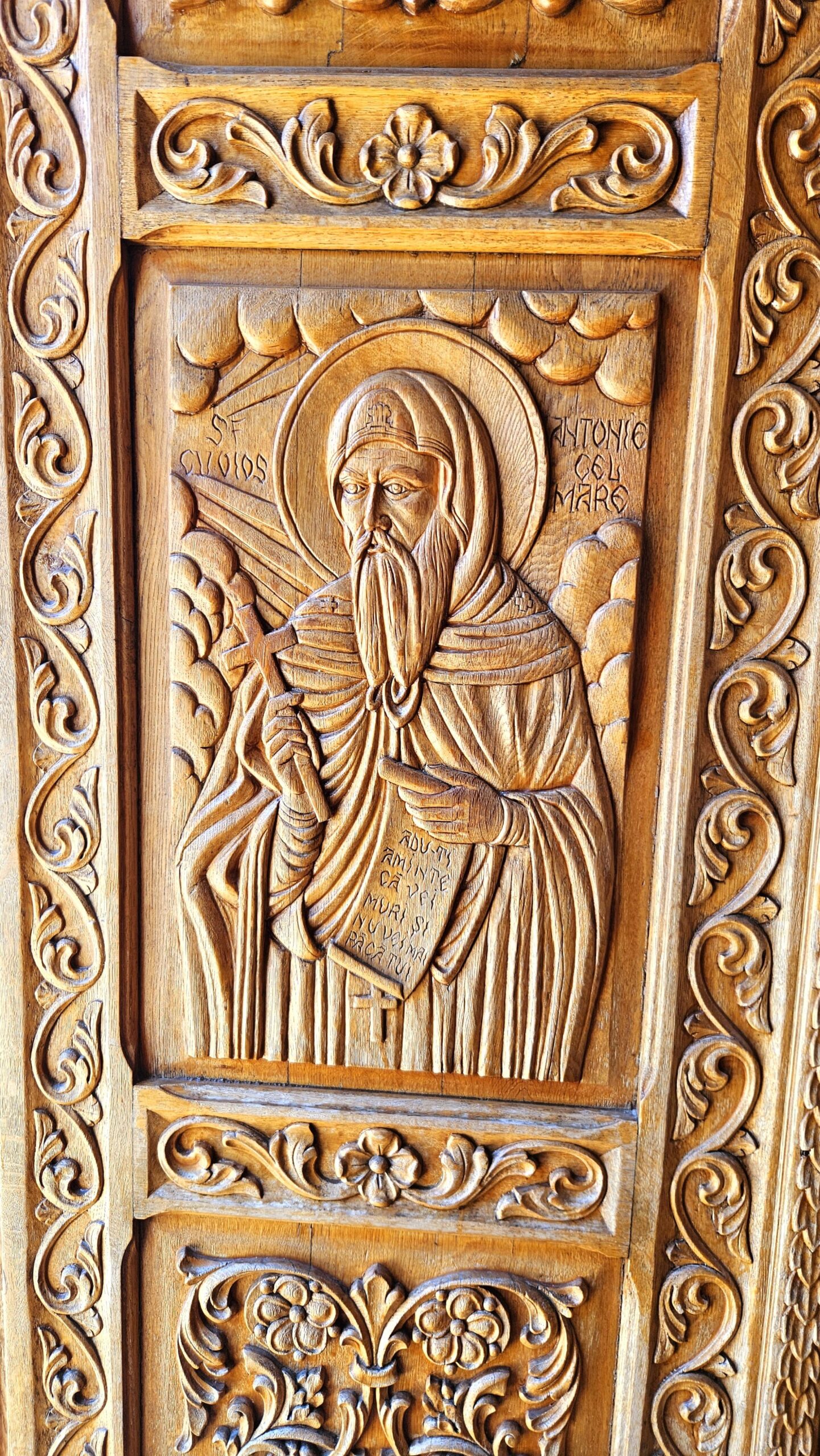Visiting one of the Most Underrated City in Europe: Bucharest
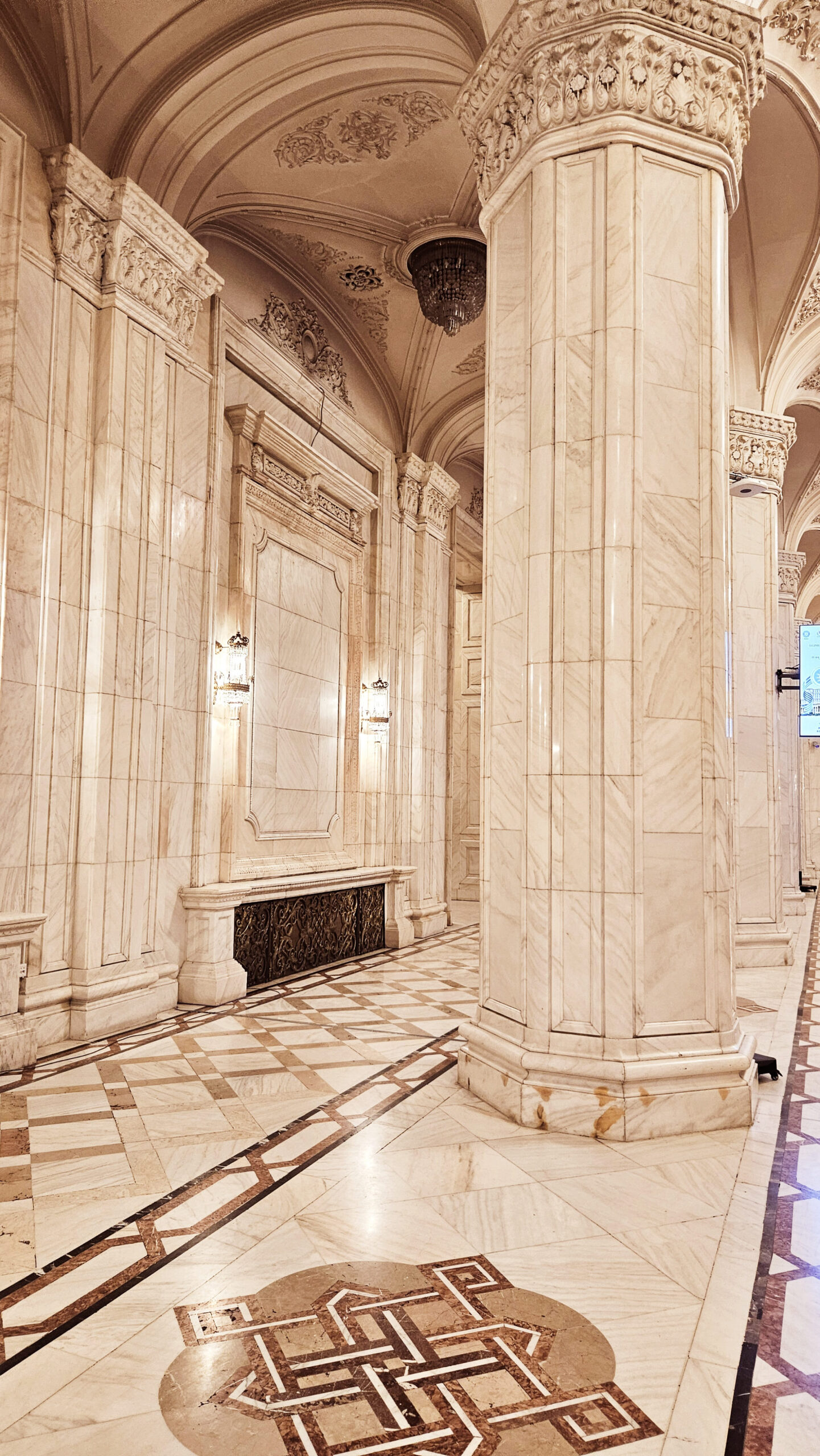
Get ready because I am taking you to one of Europe’s Hidden gems, an affordable yet breathtaking destination in Europe—Romania! I will be sharing highlights of my trip to Bucharest, Romania’s capital and largest city. I can confidently say that Bucharest should be on your bucket list. There is so much to see and discover.
Let me start with one place that absolutely blew my mind.
The Palace of Parliament
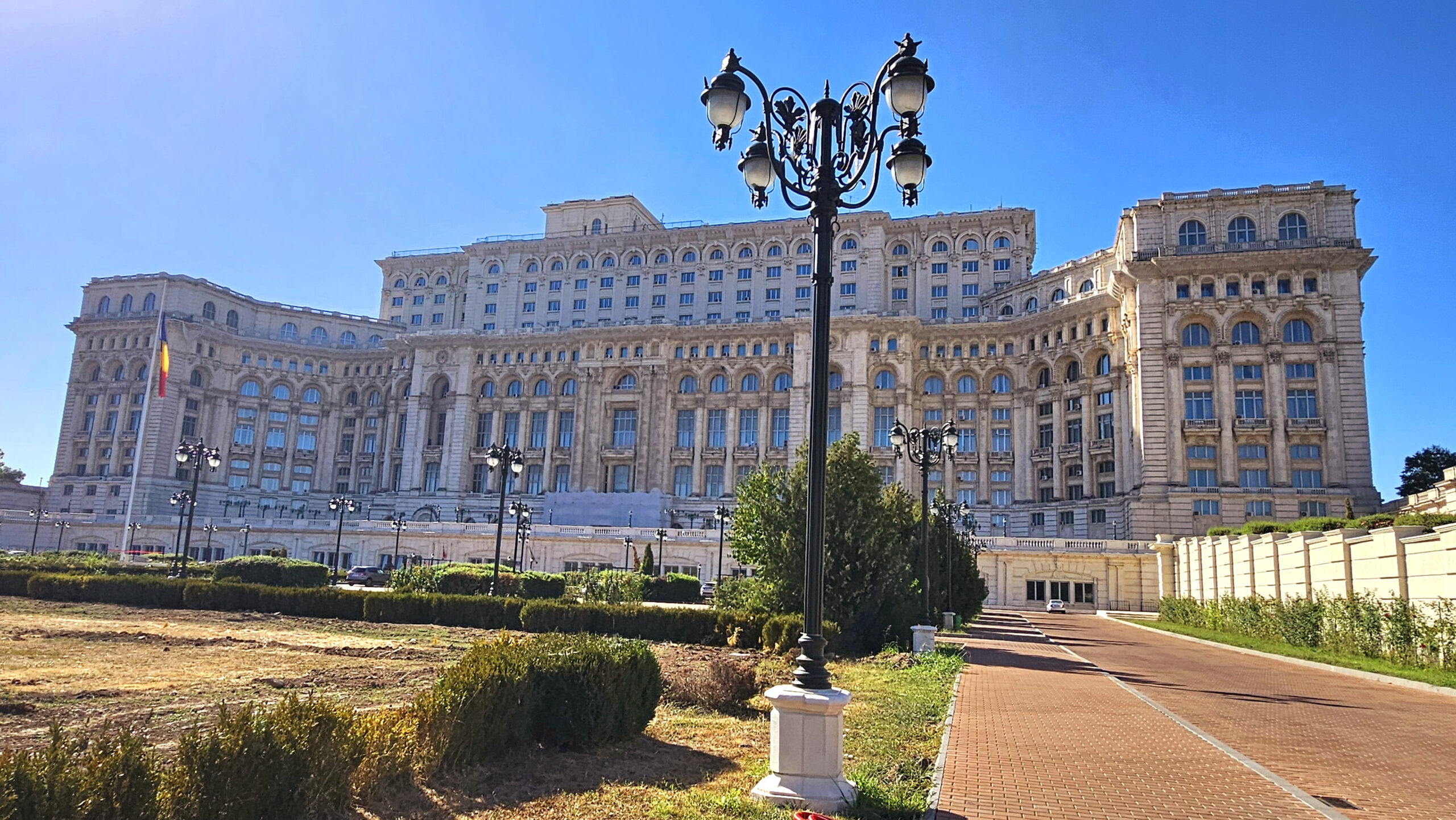
Did you know that the Palace of Parliament is currently the heaviest building in the world according to Guiness World Record. Yes, you heard that right. This building weighs over 4 million tonnes and has more than 1 thousand rooms.
This building weighs over 4 million tonnes and has more than 1 thousand rooms. Behind this magnificent structure you see lies a dark and controversial history. The idea for this building came from Romania’s former dictator, Nicolae Ceaușescu. He wanted to build a magnificent structure showcasing splendor.
Behind this magnificent structure you see lies a dark and controversial history. In 1984, the Romanian people were suffering from food shortage and poverty, but Nicolae had other plans, he wanted to showcase a symbol of power at whatever cost.
Nicolae would do whatever it takes even if it meant devastating costs, so he started construction at an insensitive time to achieve his vision. He began demolishing the historic center of Bucharest. Houses, Monasteries, Churches and synagogues were destroyed and the majority of residents were displayed.
To achieve Nicolae's dream, hundreds of architects worked on this project. There is something even interesting, the chief architect who led this project was 28 years old and led a team of 400 architects. Her name is Anca Petrescu.
OK let’s focus on the building. Take a look at the luxury, the beautiful dazzling crystal chandeliers, towering columns and intricate wood carvings.
Let’s not forget, Nicolae, the person with the vision. Nicolae insisted that the palace be built entirely with Romanian materials, but his plans changed when his friend, the dictator of the Republic of Congo, Mobutu Sese Seko, gave him materials for a door which was used in making the doors of the Nicolae Balcescu Hall.
This was the only exception when a foreign material was used in the building.
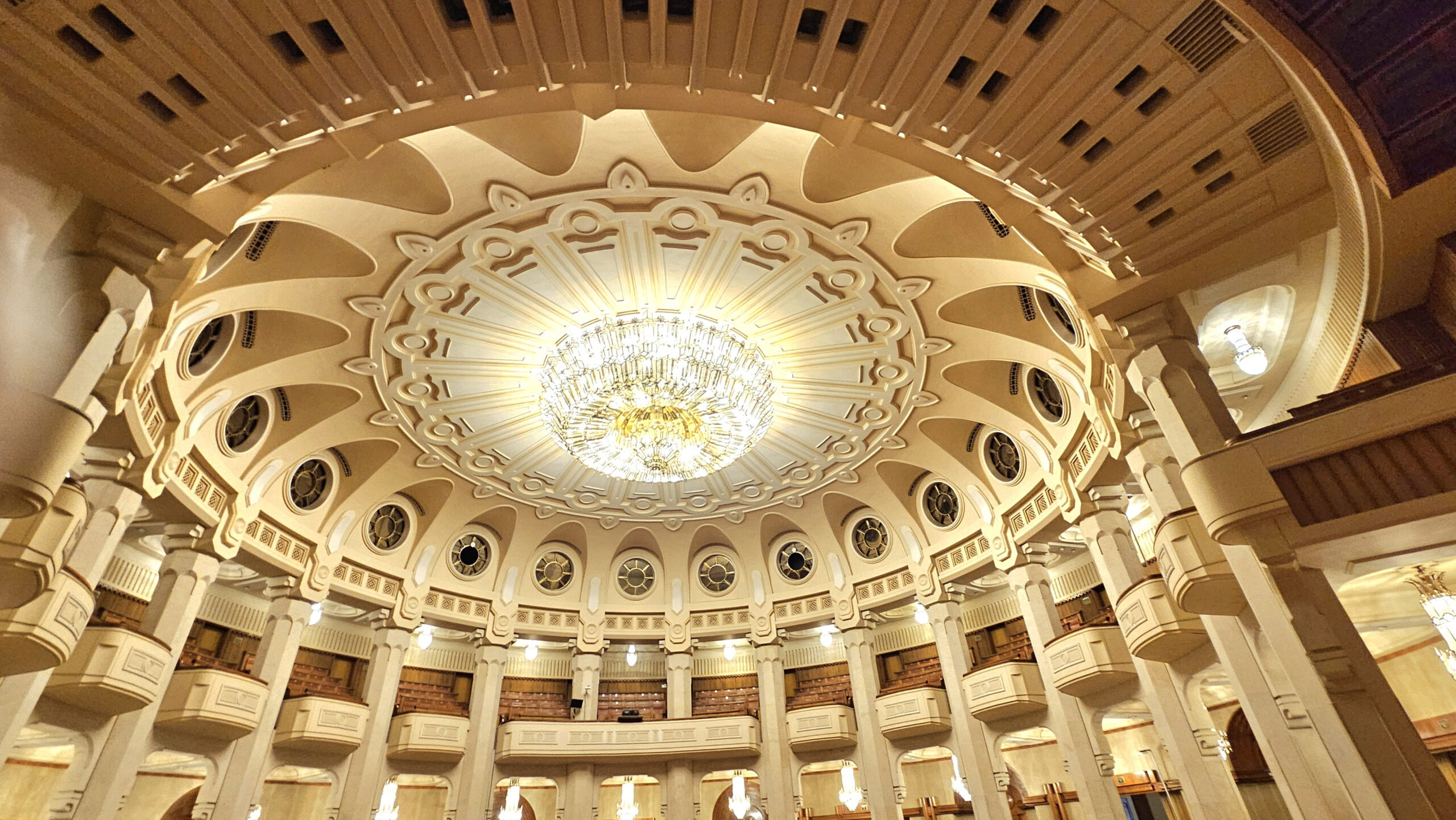
Then something happened. In 1989 when construction was still in progress and about 60% of the building had been completed, revolution started in Romania. On Christmas Day, December 25, 1989, Ceaușescu and his wife Elena were executed, ending their reign of terror.
The unfinished palace became a symbol of hatred for many Romanians. Can’t blame them. They wanted the building destroyed. Considering the economic situation, the consensus was to complete the building. Construction resumed in 1992 and by 1997, the palace was completed. Spoiler alert: some rooms in this building are still unfinished to this day!
Something is interesting in this building. I kept spotting a recurring symbol on the floors throughout the building. Curious what it is? It is the map of the Palace of Parliament itself! I think it was intentionally placed in various spots should you get immersed in admiring the splendor and get lost in this massive building, you can find your way.
Keep an eye on this symbol on the floor when you visit. Wait a minute, can you read this map?
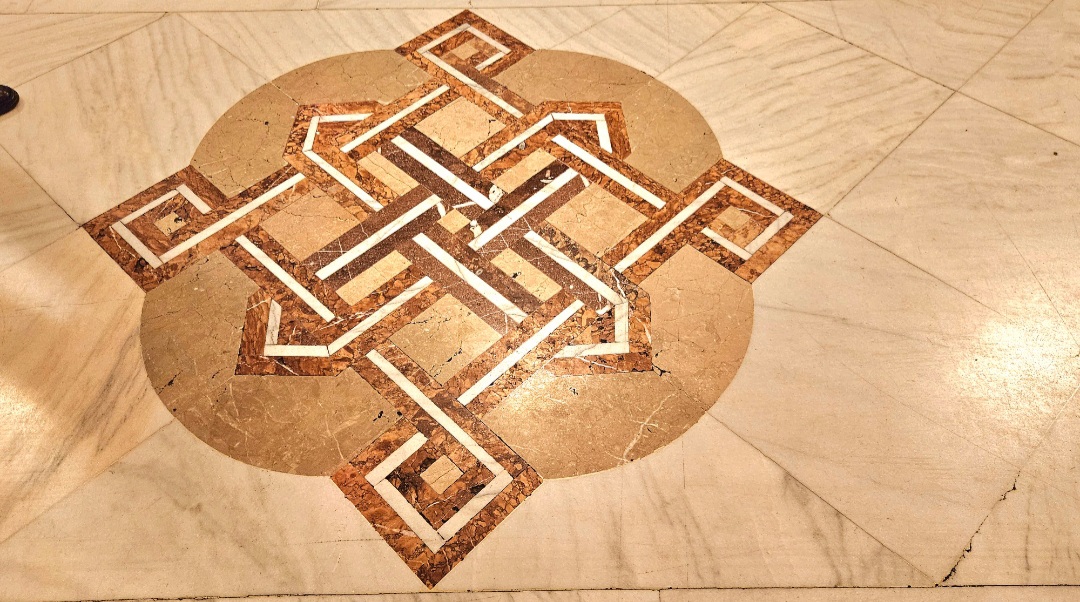
Then something happened. In 1989 when construction was still in progress and about 60% of the building had been completed, revolution started in Romania. On Christmas Day, December 25, 1989, Ceaușescu and his wife Elena were executed, ending their reign of terror.
Today, this building is home to the Romanian Parliament, Senate, Chamber of Deputies, National Museum of Contemporary Art, and the Constitutional Court. Despite its troubled past, it stands as one of the most iconic landmarks in the world and should be on your bucket list.
The Stavropoleos Church
This church has survived centuries of political changes, wars, and reforms, including the 19th-century secularization laws. This church has stood the test of time. The church’s interior is adorned with religious motifs that speak to its deep cultural and spiritual significance.
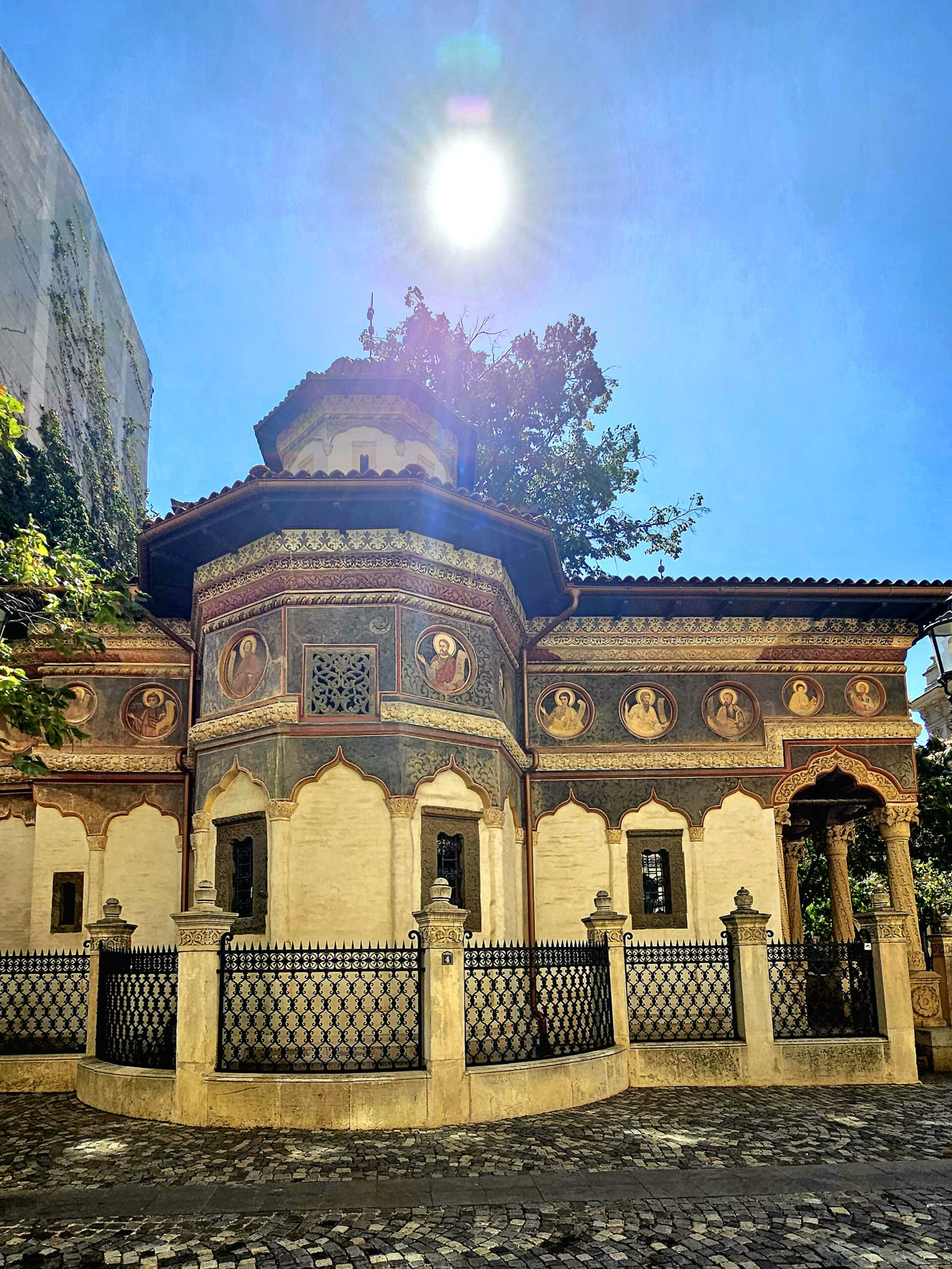
In the courtyard, ancient tombstones contribute to the historical charm of this small but profound sanctuary. What makes it even more special is the small community of nuns who live here. They keep alive the Byzantine chant tradition, a rare form of prayer and music that takes you back in time. The peace and serenity here in this church is truly captivating.
Hanul Lui Manuc
My adventure continues and this time, I went to somewhere significant, a place where a treaty was negotiated. This place is the oldest inn still functioning in Romania, the Hanul Lui Manuc. You see this Inn has seen its fair share of history. This very inn was the site where negotiations for the Treaty of Bucharest were held in 1812, marking the end of the Russo-Turkish War. It is a privilege to see the building where such an important decision was made. Bucharest is such an interesting city.
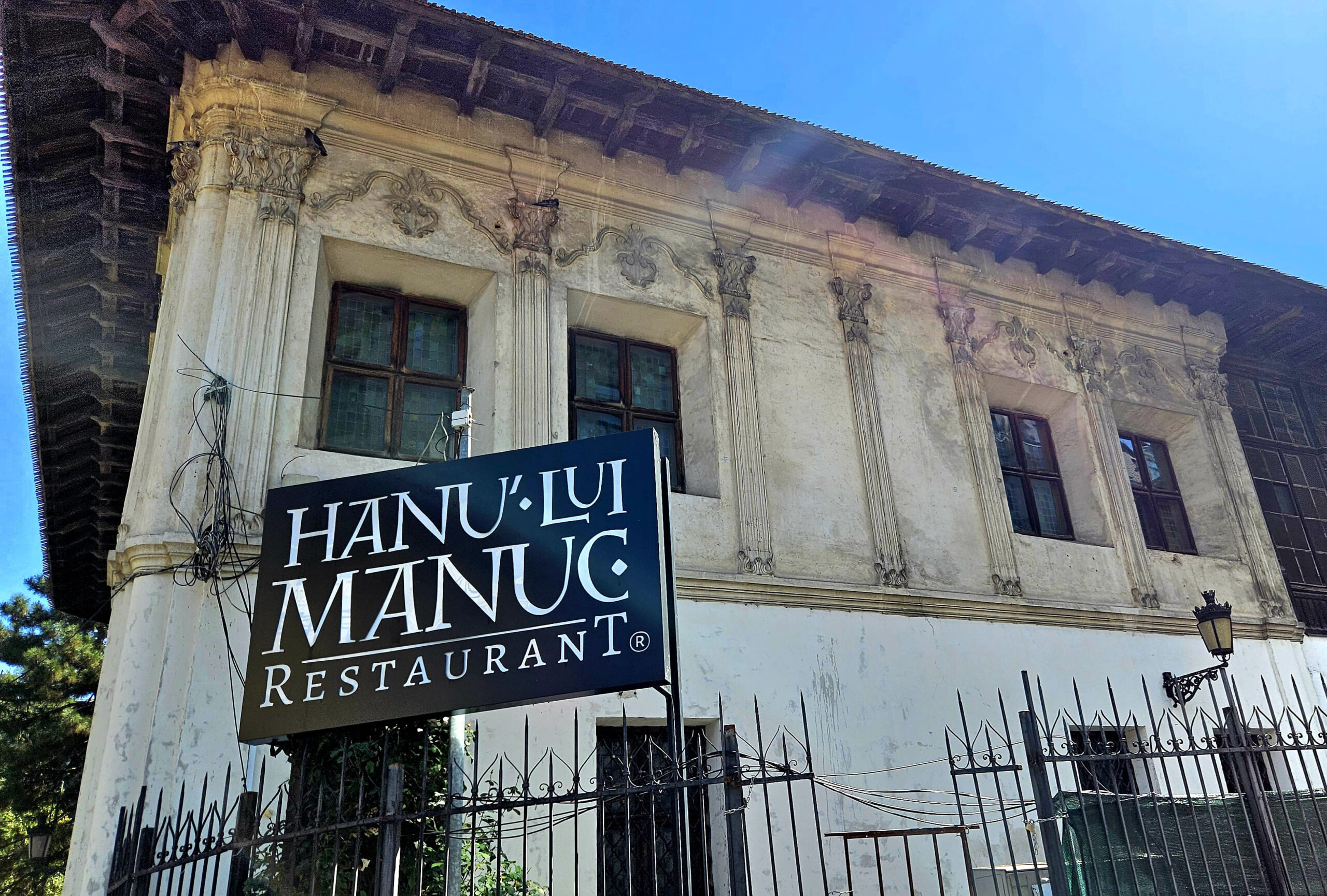
St. Anthony Church
Wrapping up my visit to Bucharest. Another hidden gem I passed by is St. Anthony Church, also known as Curtea Veche Church, believed to be the oldest church in Bucharest still in use today.
The church is a cherished spiritual landmark for the local community, attracting both worshippers and curious travelers like me.
